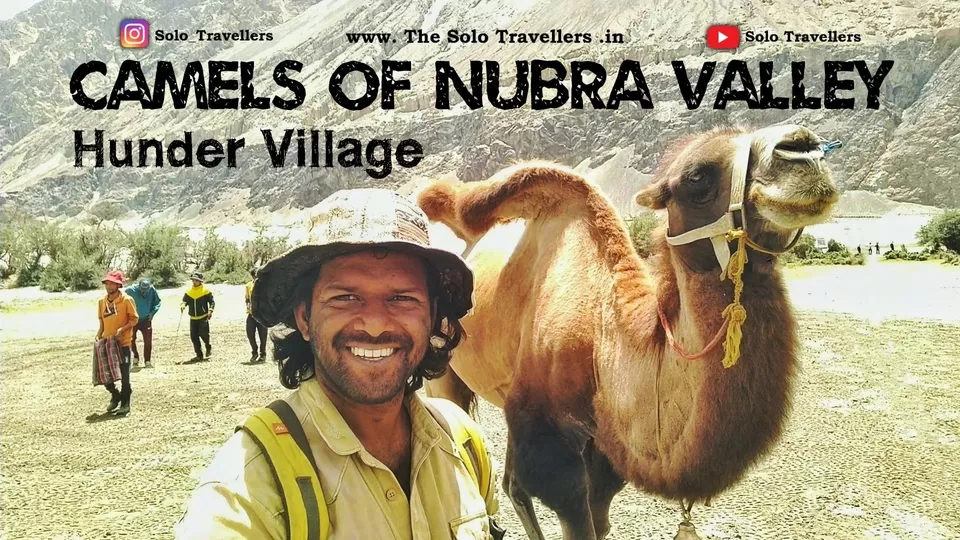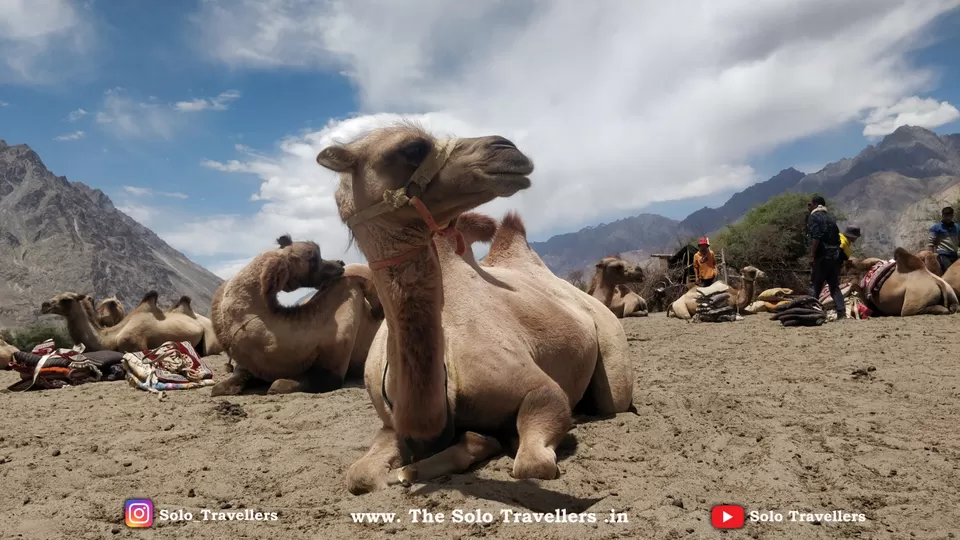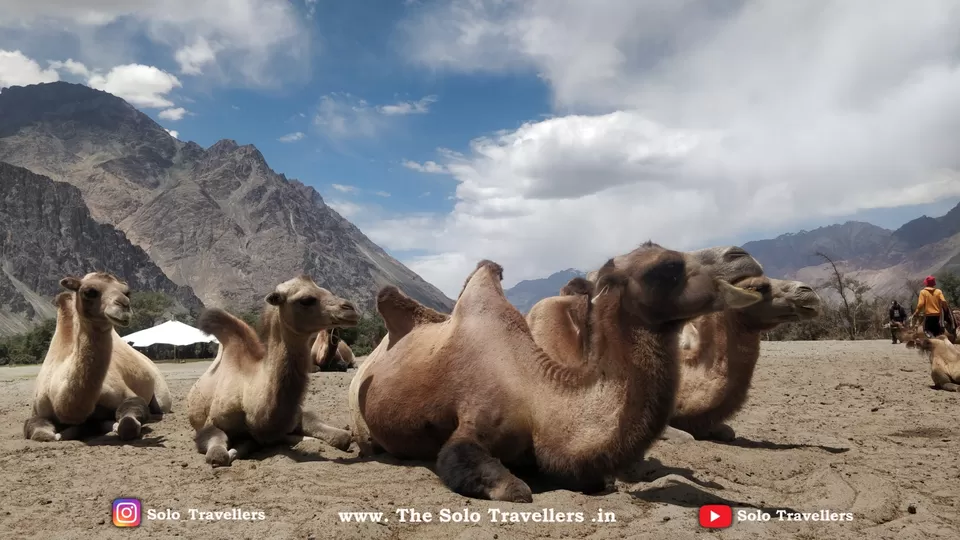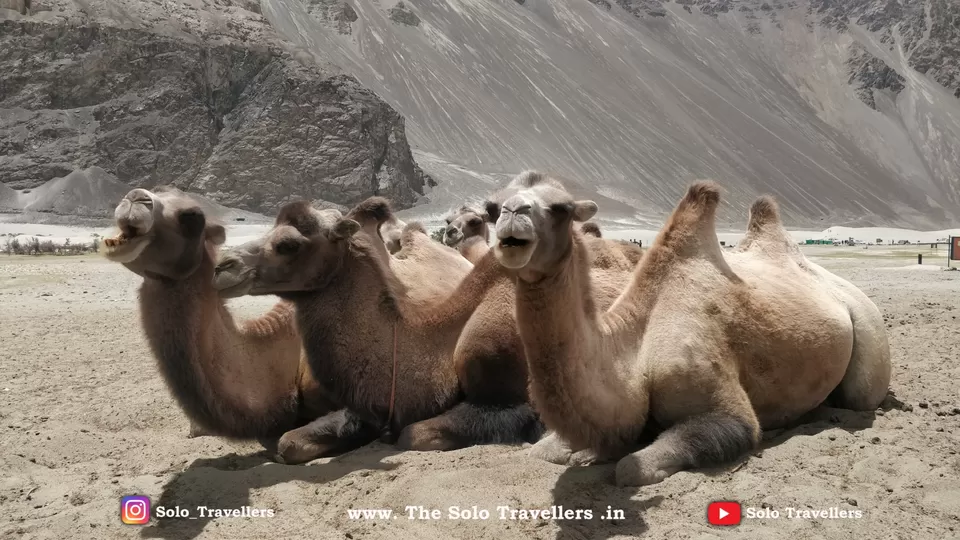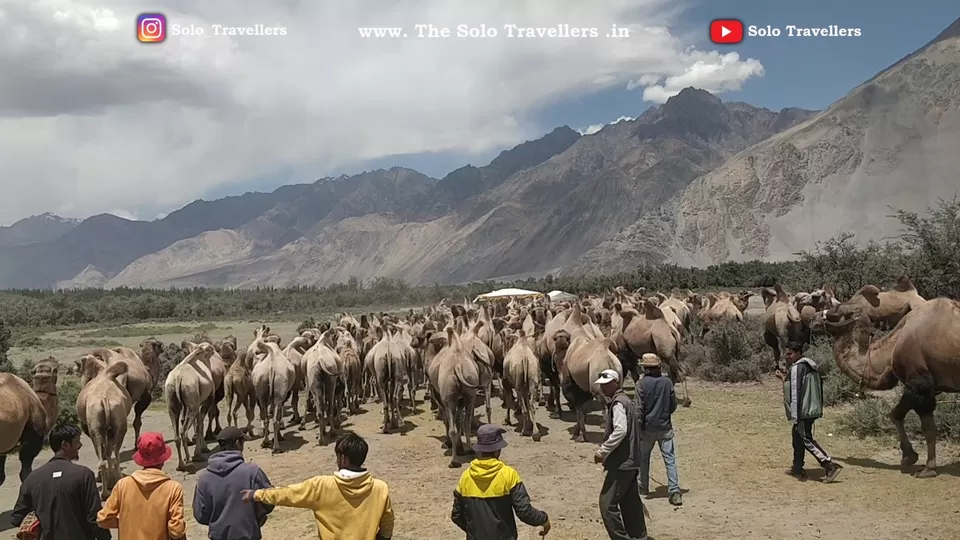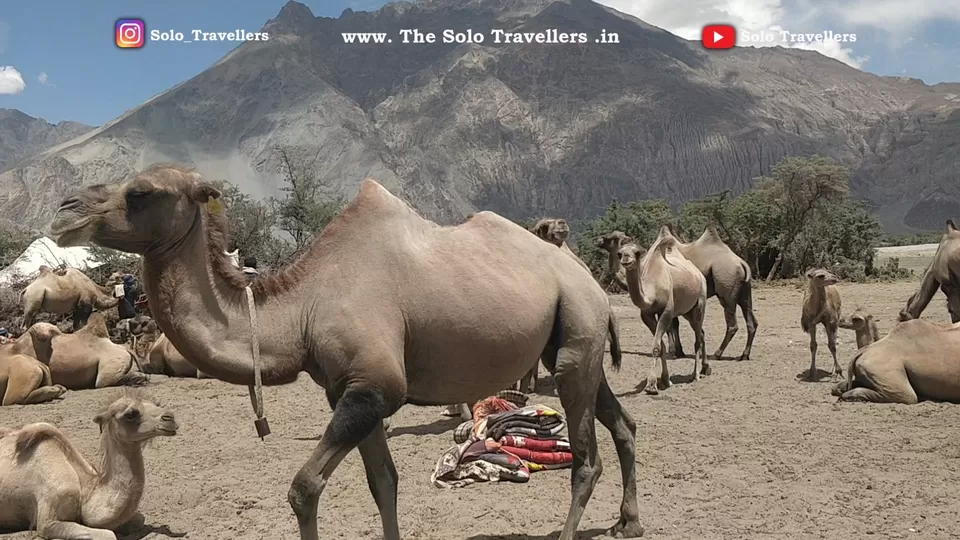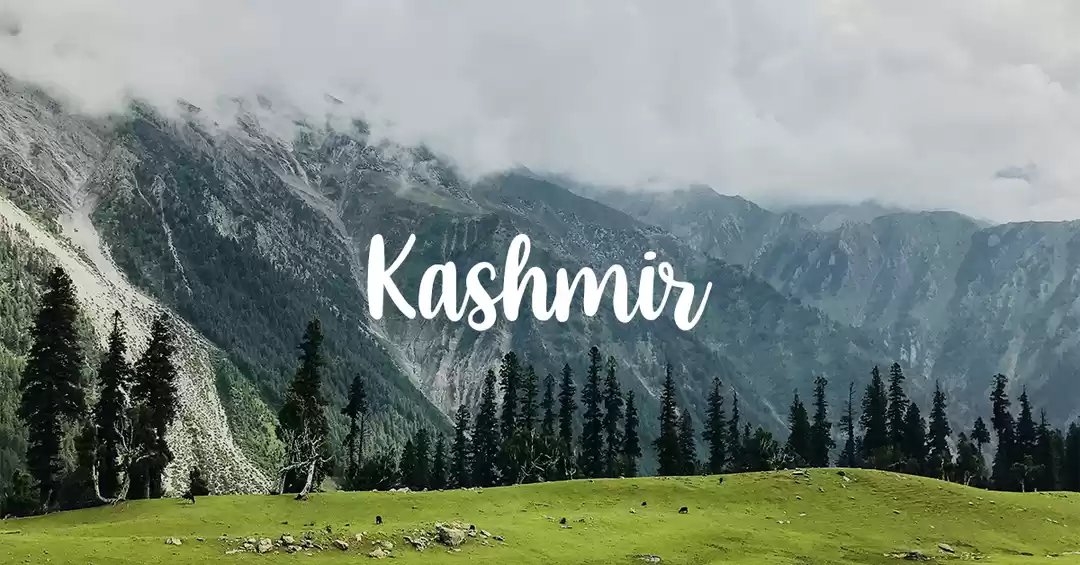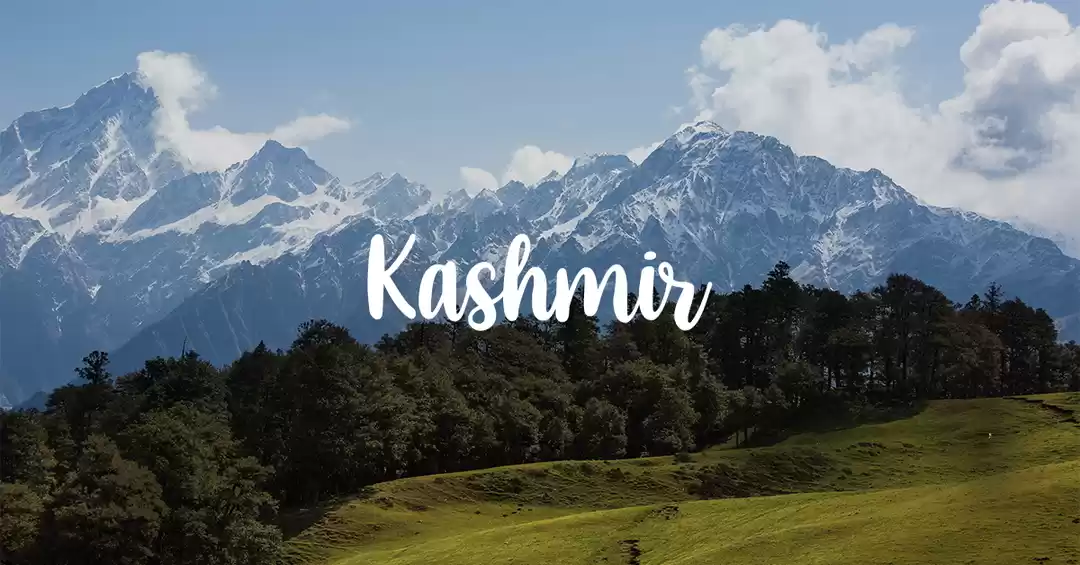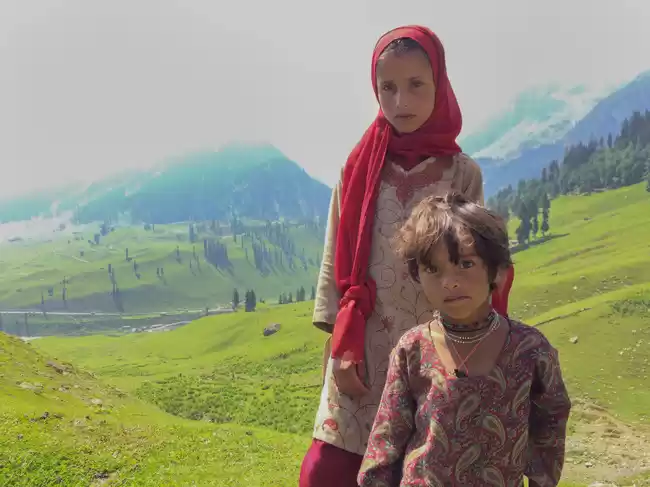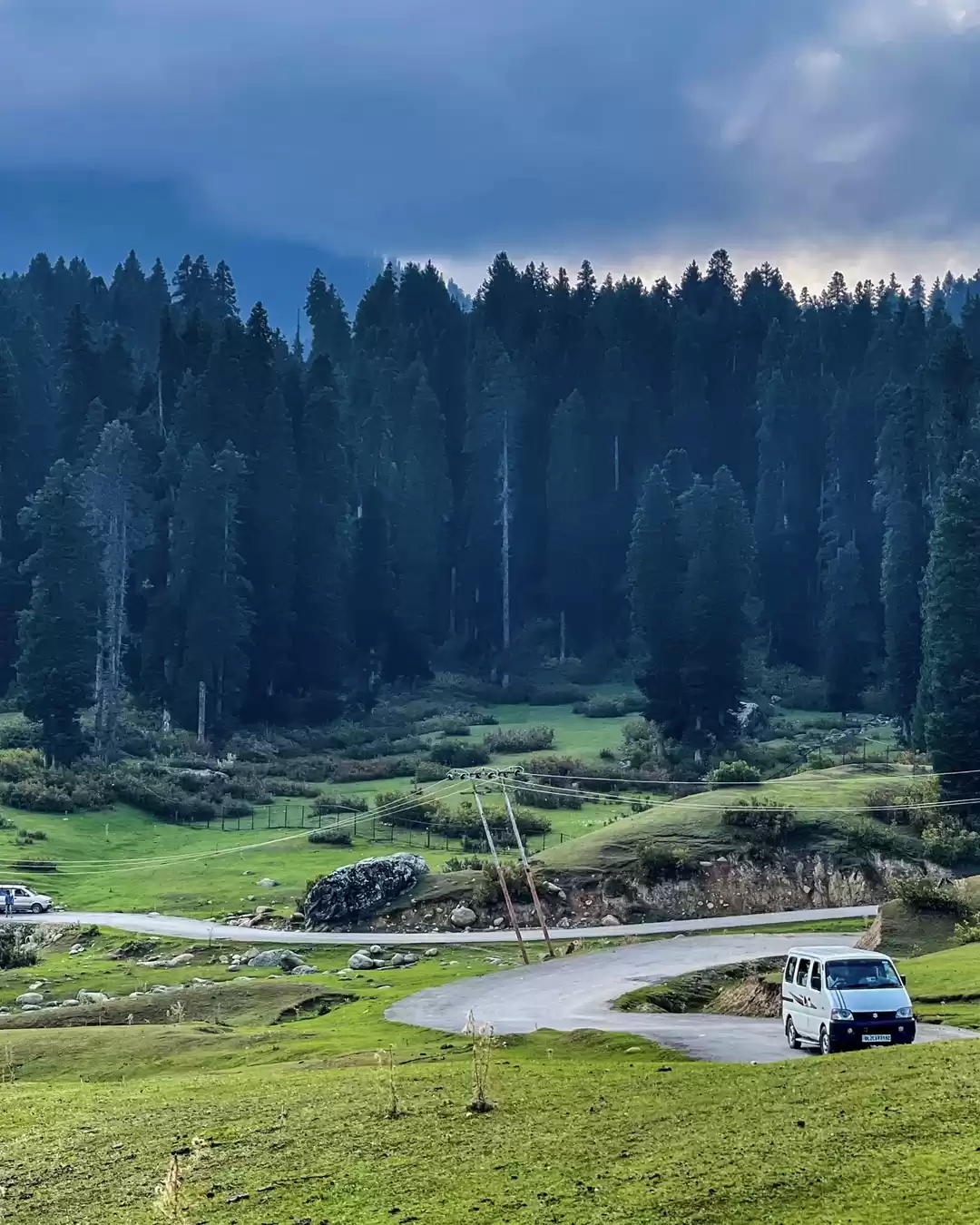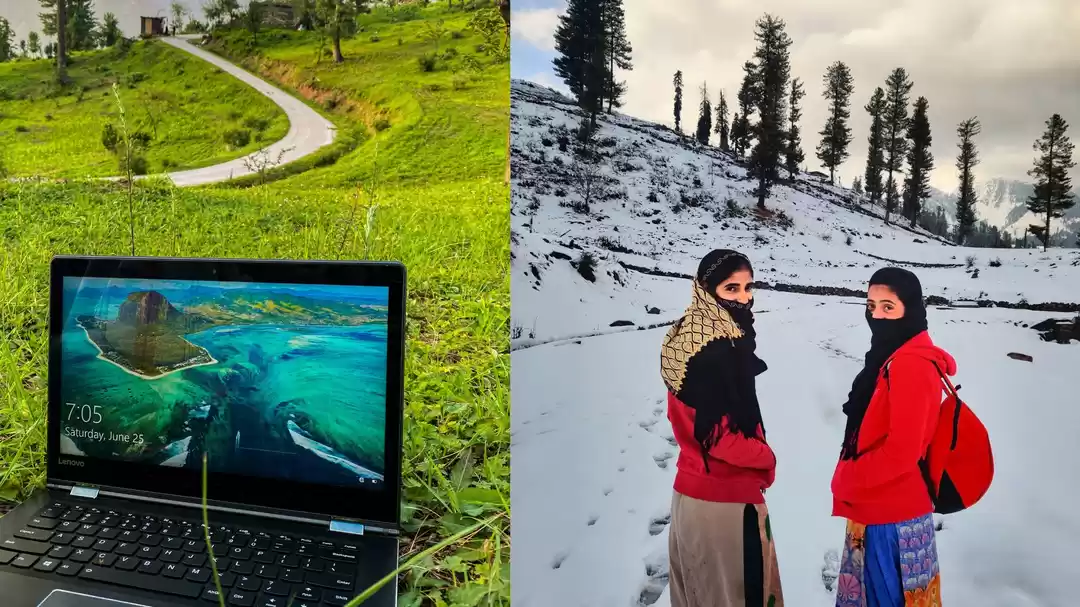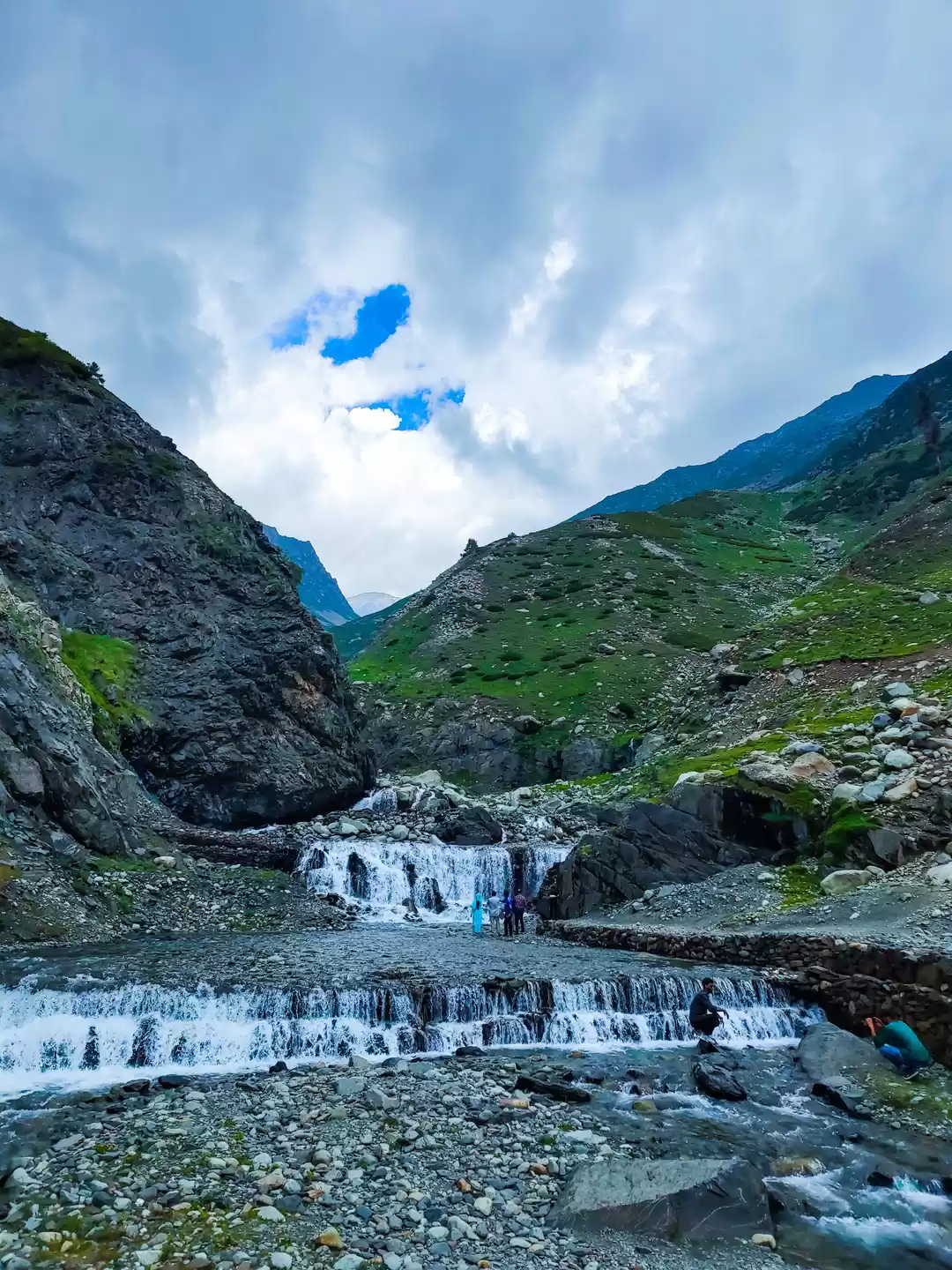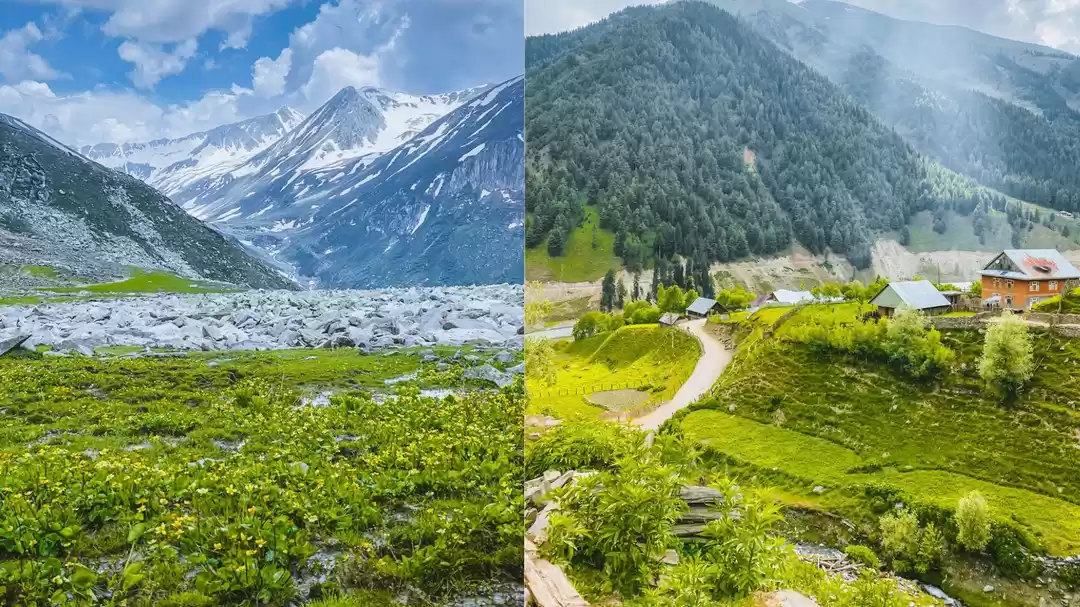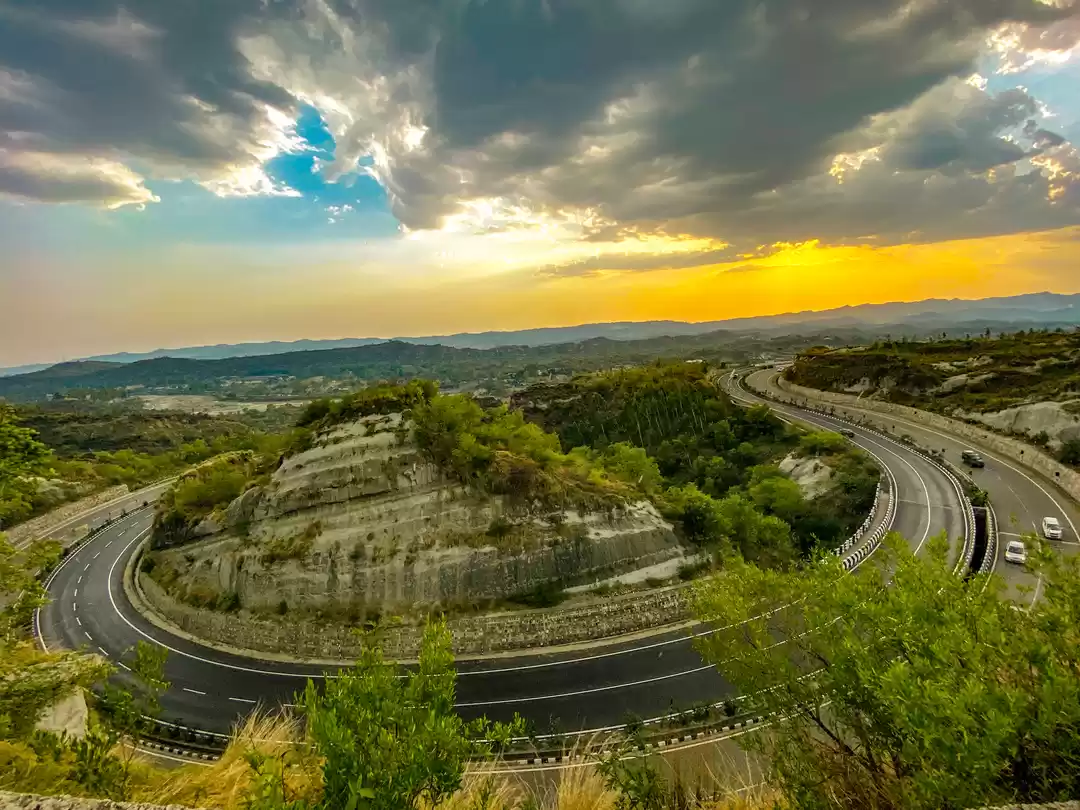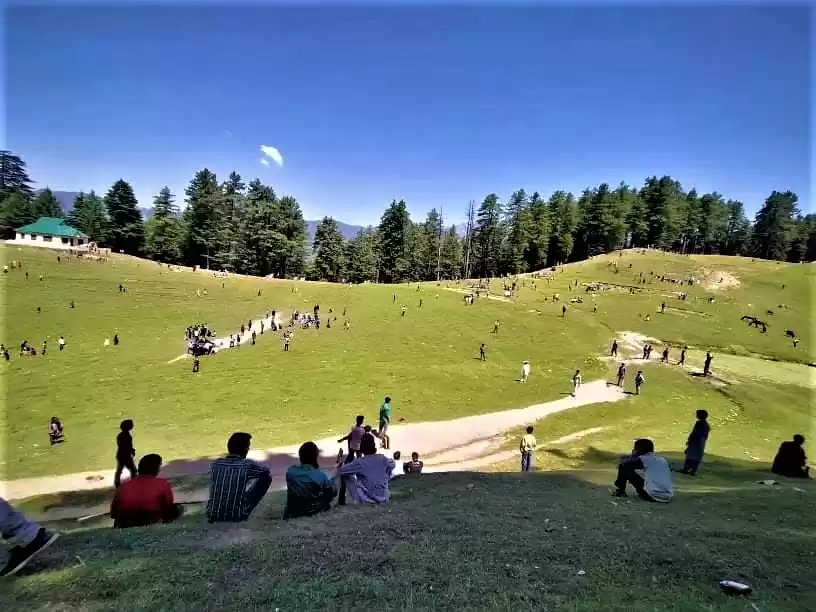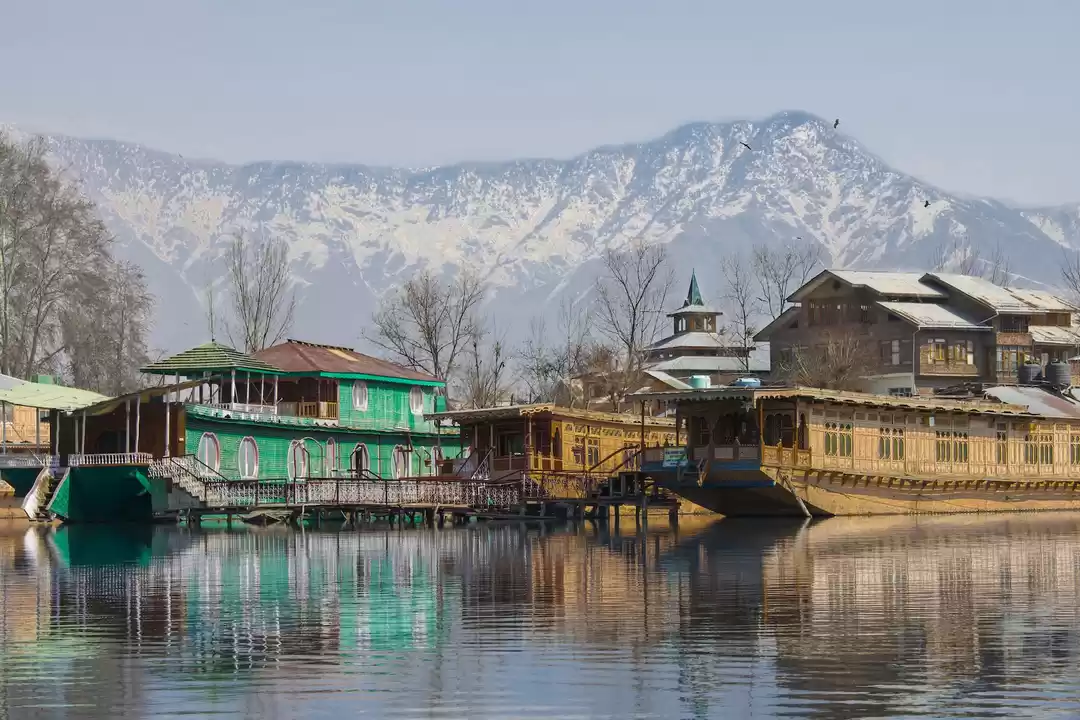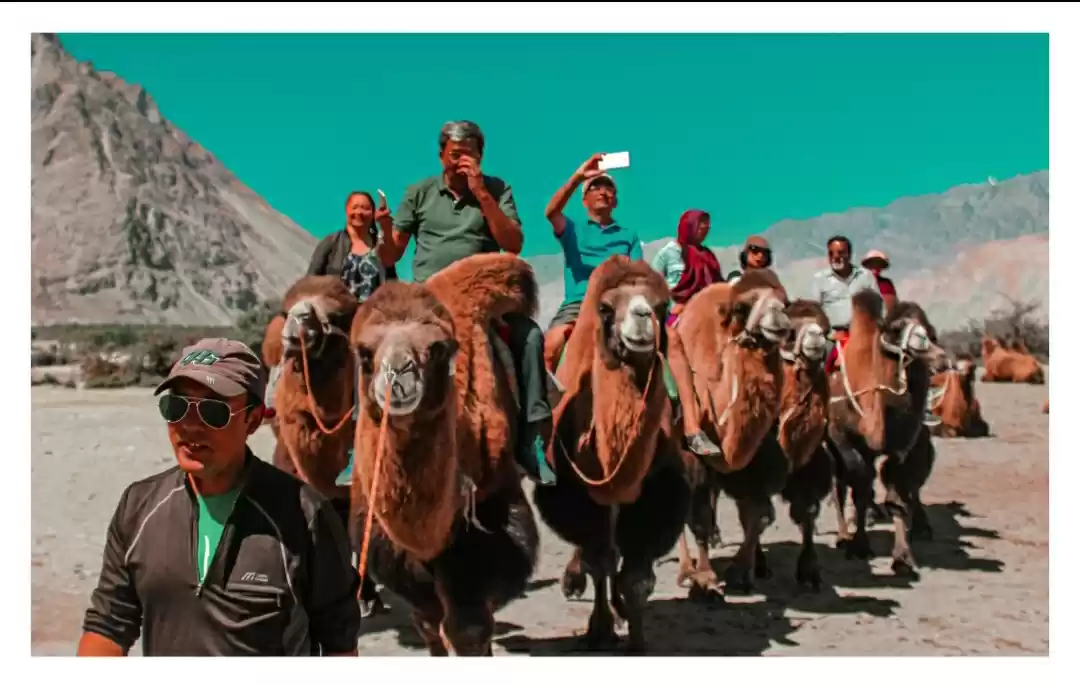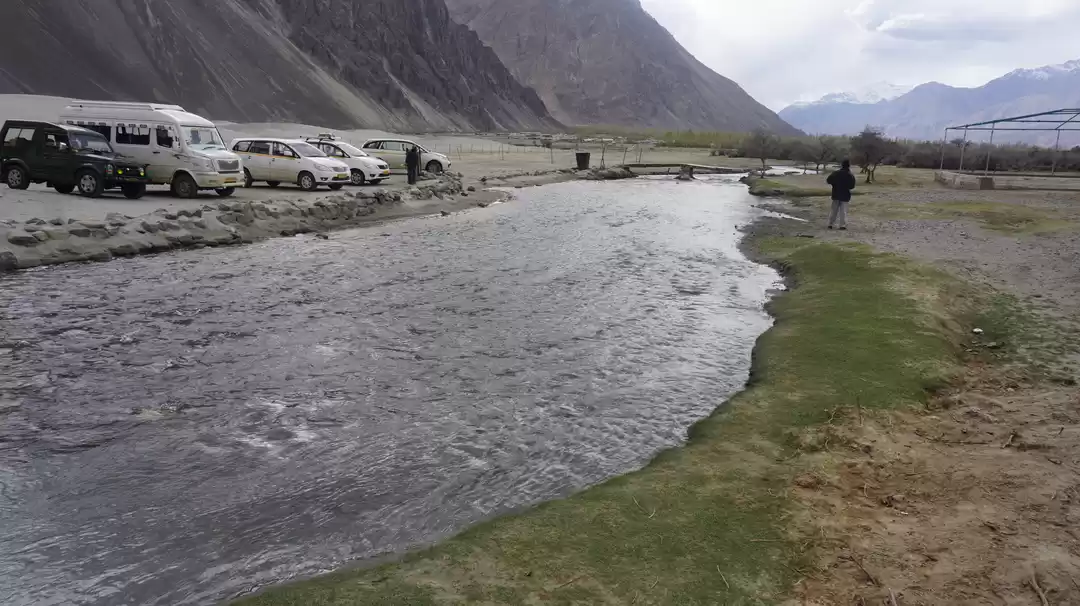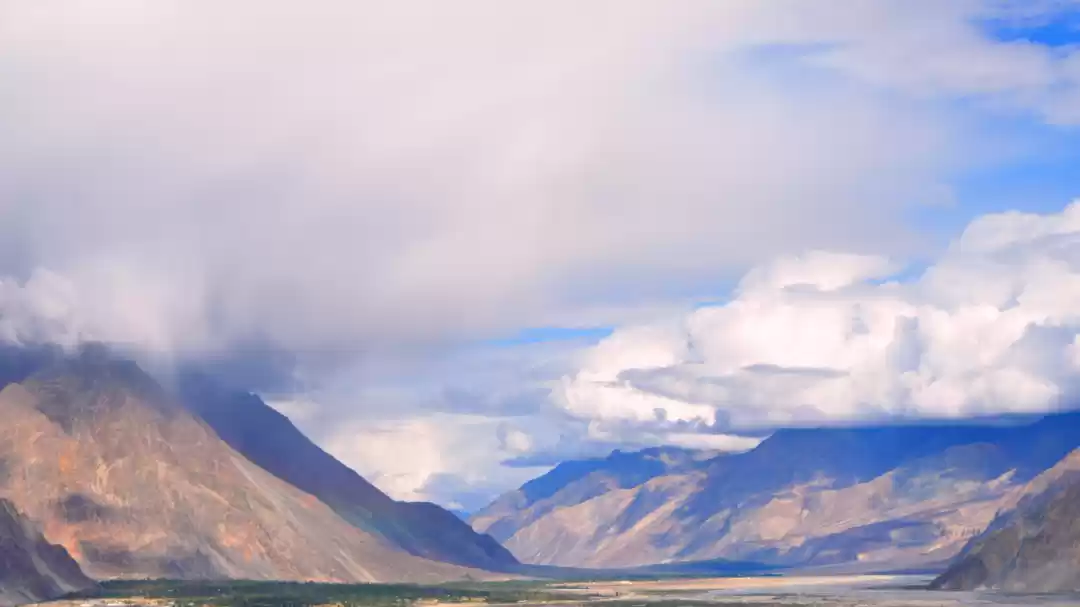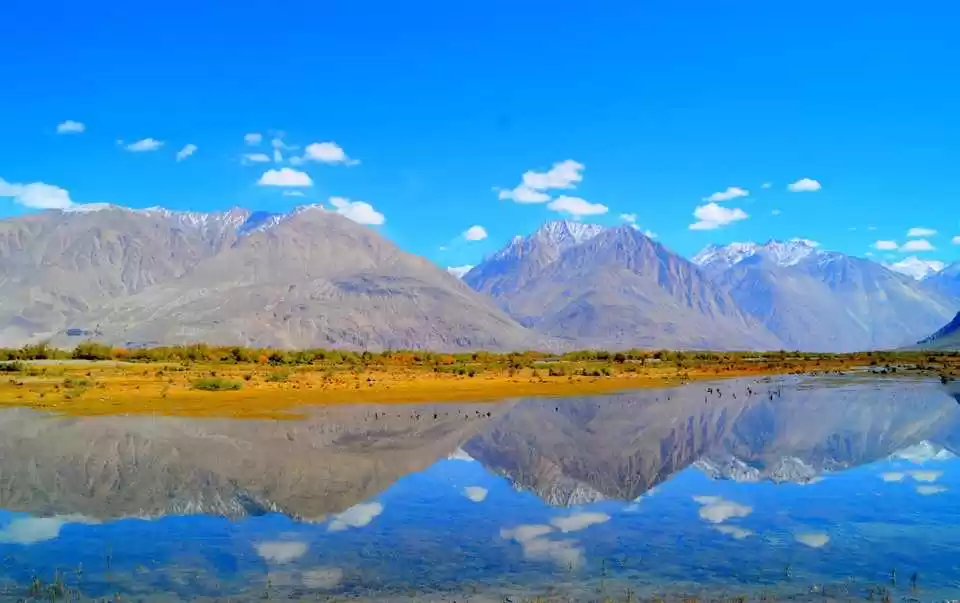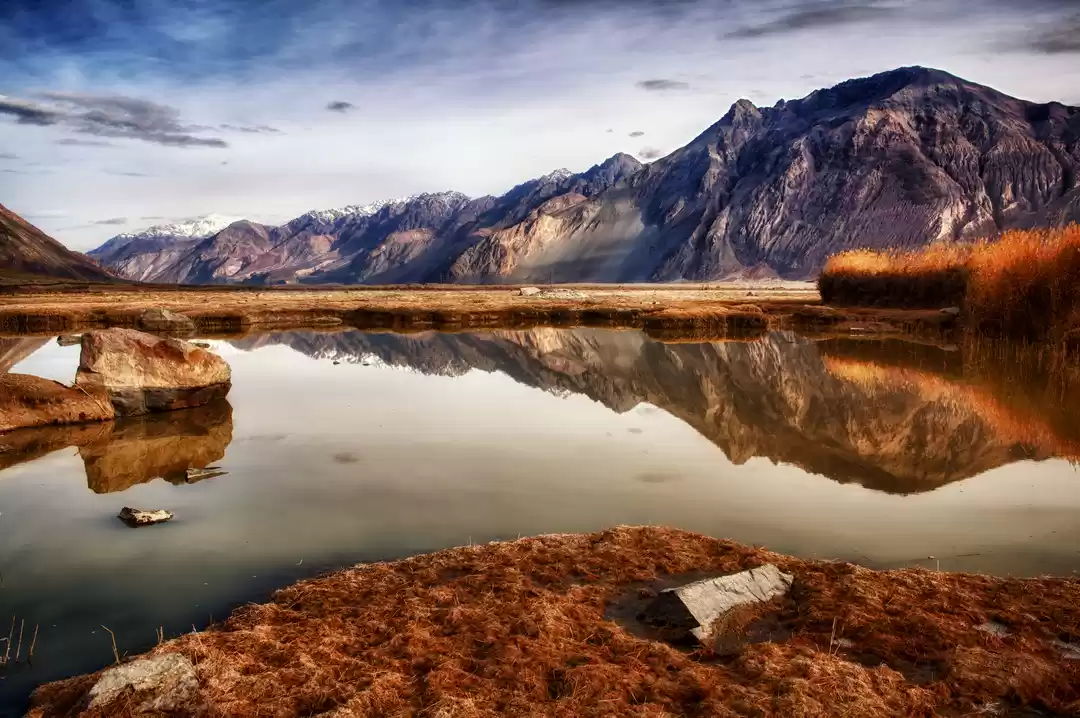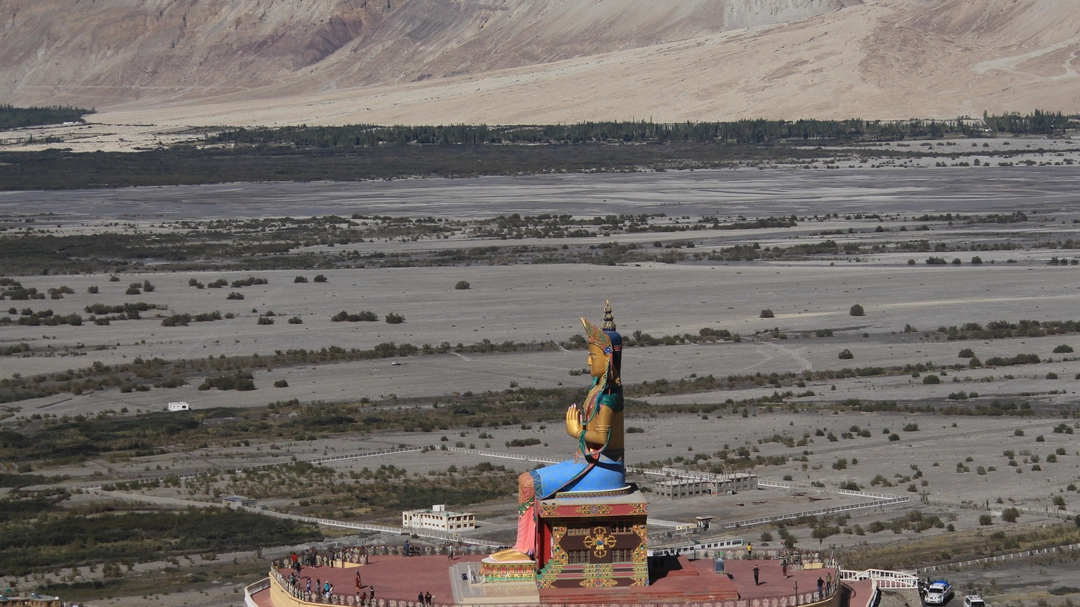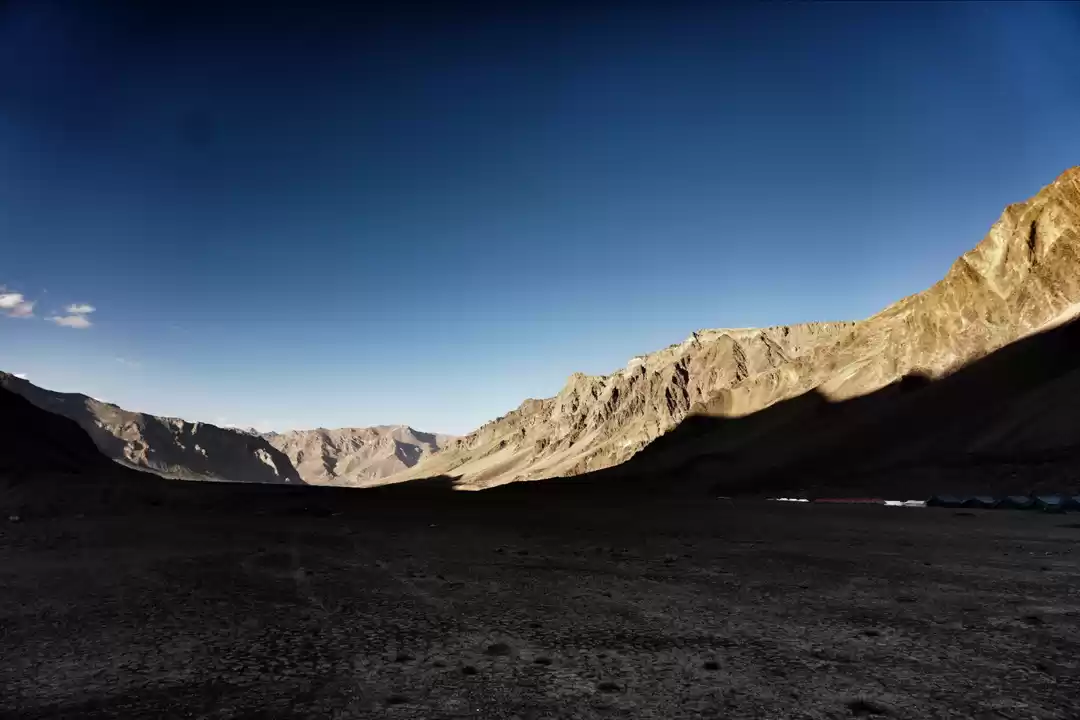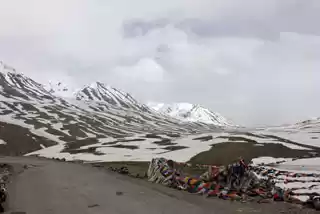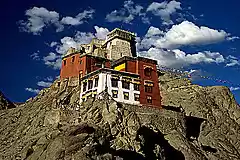
Double humped Camels of the Nubra Valley, Ladakh...
A legacy from the traders who travelled the Silk Route, Bactrian camels are yet another interesting reason to visit Ladakh.
Sun, sand dunes, heat and thirst… that's what comes to your mind when you think of camels, right? No wonder the hardy, hump backed leggy animal that can go days without water, is called the “ship of the desert”. Have you heard of camels with two humps? Well, these double-humped camels are called Bactrian camels. But that is not the only reason they are special. These camels are found in cold deserts, where it never rains. In Nubra Valley in Ladakh one can find Bactrian camels. Far from a desert, the region is at an altitude of around 10,000 ft above sea level!
The Nubra Valley was a stopping place on the historic Silk Route. Caravans of traders along this route used Bactrian camels. They traded with countries of Central Asia and South Asia. Today these camels are used mainly for tourists.
Getting to see these camels takes you through an unusual part of the world. Seeing the camels is as much of a discovery as the route to them. Driving to Nubra Valley is enchanting, especially crossing the Shyok. The region shares borders with Pakistan and China. To get to Nubra Valley, one has to take the road through Khardung La, which is at 18,380 feet and is the second highest motorable road in the world.
In the grey, sandy dunes of the Nubra Valley, the double-humped Bactrian camels are undoubtedly the stars.
At Hunder village they had domesticated Bactrian camels, in July 2010. The camels take tourists for what is called a ‘safari' but is actually a joyride. The tourists ride them for about 10-20 minutes. These camels have distinctive features — hairy eyebrows, thick eyelashes, and they eat thorny plants.
Camel owners and drivers do not allow for rides after between 12.00 noon to 4.00 pm and after 6.00 pm. as the animals need to rest.
Note: Visiting Nubra Valley requires inner line permits. So make sure you get the required documents before setting off to Hunder.
